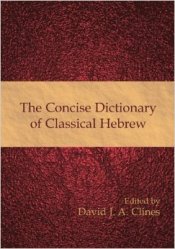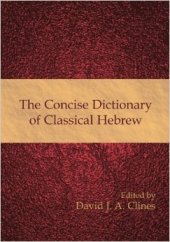There are three good (so far) books I’m reading on the Septuagint. Links and publisher’s descriptions are below.
1. LXX-Isaiah as Translation and Interpretation: The Strategies of the Translator of the Septuagint of Isaiah, by Roland L. Troxel (Brill, 2007)
This book offers a fresh understanding of how Isaiah was translated into Greek, by considering the impact of the translator’s Alexandrian milieu on his work. Whereas most studies over the past fifty years have regarded the book’s free translation style as betraying the translator’s conviction that Isaiah’s oracles were being fulfilled in his day, this study argues that he was primarily interested in offering his Greek-speaking co-religionists a cohesive representation of Isaiah’s ideas. Comparison of the translator’s interpretative tacks with those employed by the grammatikoi in their study of Homer offers a convincing picture of his work as an Alexandrian Jew and clarifies how this translation should be assessed in reconstructing early textual forms of Hebrew Isaiah.
2. The Reception of the Hebrew Bible in the Septuagint and the New Testament: Essays in Memory of Aileen Guilding, edited by David J.A. Clines and J. Cheryl Exum (Sheffield Phoenix Press, 2013)
Aileen Guilding was Professor of Biblical History and Literature in the University of Sheffield from 1959 to 1965, and was known especially for her monograph The Fourth Gospel and Jewish Worship: A Study of the Relation of St. John’s Gospel to the Ancient Jewish Lectionary System (Oxford, 1960), which enjoyed a succès d’estime in its day as an exceptionally fascinating and learned book. She is celebrated in Sheffield as the first female professor in the University; she was also the first woman to hold a chair in theology or religion in the United Kingdom. After her death at the age of 94 a conference on themes relevant to her special interests was held in Sheffield as part of a meeting of the Society for Old Testament Study, and the papers read there are presented in this volume, published in the 101st year after her birth.
3. Messianism in the Old Greek of Isaiah: An Intertextual Analysis, by Abi T. Ngunga (Vandenhoeck & Ruprecht, 2013)
Abi T. Ngunga explores the theme of messianism in the entire corpus of the Old Greek of Isaiah (LXX-Isaiah). This is done through the lens of an intertextual hermeneutic employed by the Isaiah translator as a mode of reading this text.
Its introductory chapter looks at the need in scholarship to investigate the topic of messianism in the Greek Bible in general, and in the whole of the LXX-Isaiah in particular. After dealing with a few issues related to the LXX-Isaiah as a translation, Ngunga also surveys thoroughly the topic of intertextuality from its inception to its use in biblical studies including LXX research. Particular attention is given to its application in research done, to date, on the Greek text of Isaiah.
Chapter two re-examines a few arguments pertinent to the scholarly opinion that messianic hopes were not prominent among the Alexandrian Jews in comparison to their co-religionists in Palestine. It also explores the relationships between the non-Jewish citizens of the Ptolemaic kingdom and the Alexandrian Jews, with the aim to ascertain the legitimacy of investigating the theme of messianism in a piece of Jewish literature such as the LXX-Isaiah authored in the Hellenistic period. Chapter three analyses in-depth nine selected messianic passages within the LXX-Isaiah (7:10–17; 9:1–7 (8:23–9:6); 11:1–10; 16:1–5; 19:16–25; 31:9b–32:8; 42:1–4; 52:13–53:12; and 61:1–3a). The study concludes by highlighting the detected particular messianic imprints left on the LXX-Isaiah. Given the results, the study dismisses any doubt concerning the contention that there is a dynamic messianic thought running through the whole of the Greek Isaiah. It also sheds some light on the understanding of some of the messianic beliefs later echoed in early Christianity.
Reviews of each of these three will come soon.




